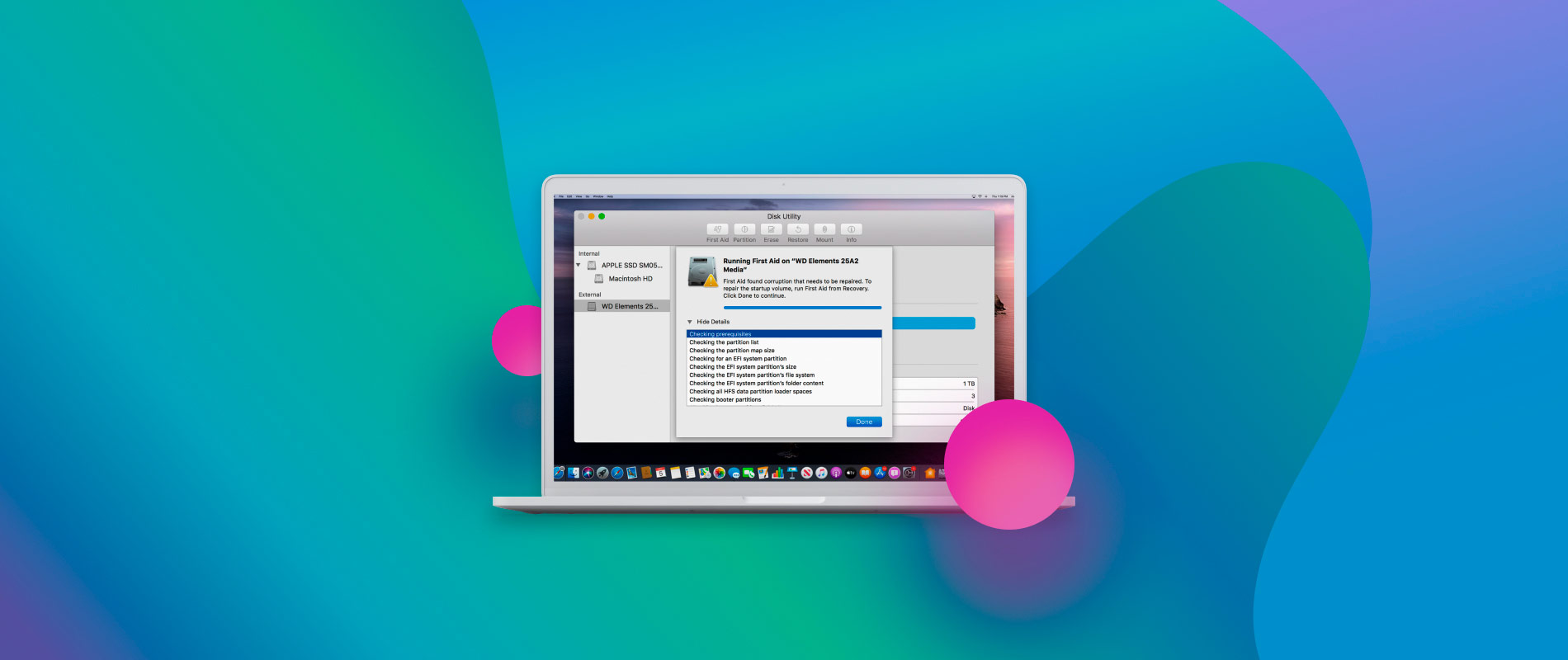

- #MAC NO STARTUP DISK FILE RECOVERY HOW TO#
- #MAC NO STARTUP DISK FILE RECOVERY MAC OS X#
- #MAC NO STARTUP DISK FILE RECOVERY FULL#
- #MAC NO STARTUP DISK FILE RECOVERY DOWNLOAD#
- #MAC NO STARTUP DISK FILE RECOVERY FREE#
#MAC NO STARTUP DISK FILE RECOVERY FREE#
It will also free up space on the primary memory and will let your Mac boot properly. This will flush some temporary files, app data, cache, log files, and so on. When a system is restarted, it will automatically break its present power cycle. For instance, the first thing that you can do is just restart your Mac.
#MAC NO STARTUP DISK FILE RECOVERY FULL#
We will start with some of the simplest solutions to fix startup disk full on Mac. Though, if there are any important files stored on Mac, then you can take their backup instead of just removing them altogether from its storage. Now, all you need to do is get rid of this unwanted content to make more space on the startup disk. By visiting Mac's storage settings, you can already know what kind of data is accumulating so much space on Mac. Don't worry – there are all sorts of solutions to fix startup disk full on Mac. Your Mac's startup disk is full and now you can't seem to use your system the usual way. Other – This includes log files, temp files, system junk, browser history, and all kinds of other content on Mac.Following are some major types of content that can consume Mac's startup disk space: Go to the "Storage" tab here to view a visual representation of the startup disk and what is taking so much space on it. This will display detailed information about your system. To do this, just go to the Apple menu on the Finder and click on the "About This Mac" option. Otherwise, MacBook suffers from a slow startup process. Ideally, the data should not consume more than 75-80% part of the total space. It is recommended to visit Mac's storage settings and know what kind of data is taking so much space on the startup disk.
#MAC NO STARTUP DISK FILE RECOVERY HOW TO#
In order to learn how to fix startup disk full on MacBook Pro, Air, and other models, you need to diagnose the problem first.

What is Taking up Space on Mac Startup Disk A stacked disk or limited free space can cause Mac slow startup and other issues. Here, you can view details about the startup disk and can go to the "Storage" section to further diagnose it. You can get to know more about it by visiting Mac's Finder > About This Mac.
/DiskUtilityRestore-56a5d4fc3df78cf7728a0f29.jpg)
In this case, a dedicated disk functions as a startup disk. Sometimes, users partition the disk or have two (or more) disks installed as well. Apart from storing the OS and app data, it can also be used for different purposes.

Ideally, the startup disk is marked as Macintosh HD or Fusion HD since it is the root disk in the system.Īlmost all the users have a single disk on their Mac, which also functions as a startup disk. Though, the disk that stores macOS and other system components are known as the startup disk. Most of these partitions and disks store all kinds of user data. Just like every other operating system, Mac also lets us manage its storage via different disks and partitions. How to Prevent Almost Full Mac Startup Disk Please note: Disk Drill does not provide any option to create bootable CD/DVD drives due to them becoming less popular and accessible in modern computers. This ensures the maximum amount of data stays intact during the recovery process, and other background processes or the operating system itself do not overwrite any recoverable pieces of information. Connect it to any Mac, run Disk Drill and use the "Create Boot Drive" option on the main toolbar.ĭisk Drill let's you run all its data recovery algorithms via a bootable Mac USB drive. Make sure you have an extra storage device, which is at least 2GB in size.
#MAC NO STARTUP DISK FILE RECOVERY MAC OS X#
Starting with Disk Drill 3, anyone can create a bootable Mac OS X drive in a matter of minutes. It'll make your Mac boot from USB in just a few clicks. Disk Drill is by far the most convenient and up-to-date macOS bootable file rescue solution.
#MAC NO STARTUP DISK FILE RECOVERY DOWNLOAD#
Set it aside, calm down and download a bootable data recovery app using any other computer. You can turn your computer off, remove the drive in question from the docking station, do whatever may be required to prevent any further utilization of that drive. The initial recommendation given to anyone who lost important data and would like to proceed with the data recovery is always to stop using the drive where the data was stored as soon as possible.


 0 kommentar(er)
0 kommentar(er)
